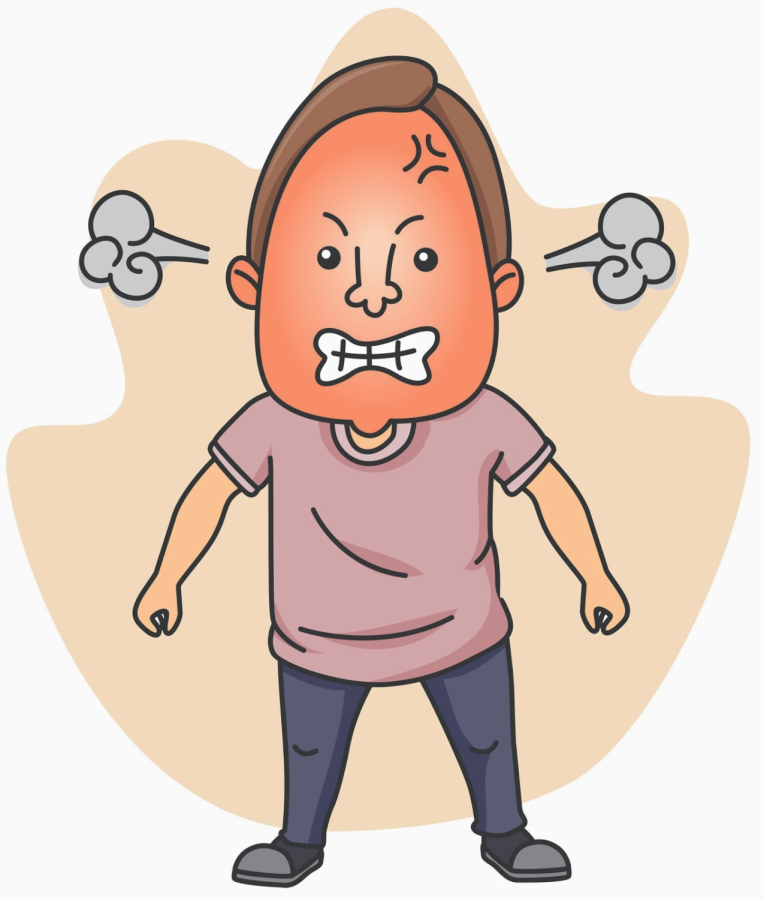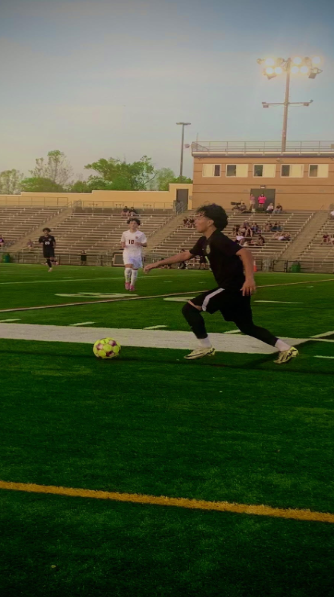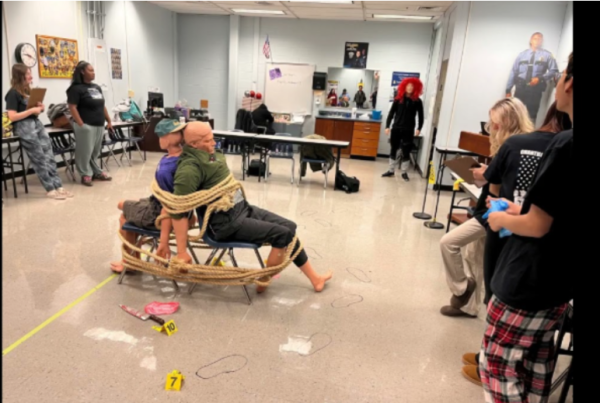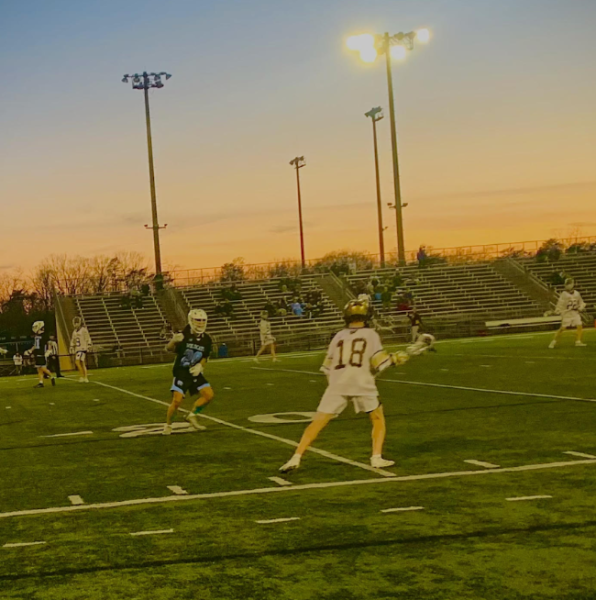PET PEEVES: THE TEACHER PERSPECTIVE
Photo courtesy of bamboozle.com
A Person Experiences Frustration Due to Pet Peeves Being Violated.
Students’ pet peeves span from people blocking the hallways to teachers not posting an answer key. Irritants include small annoyances that many can identify with to major issues. Regardless, these pet peeves are well known among the students. But what about teachers? What irks them to no end? How are their pet peeves similar to students? How do they differ? And is there anything students can do to help?
For one, many teachers, like students, do not appreciate people moving slowly in the halls. “People, we all have to get somewhere!” Remarks Martha Murray, Spanish teacher.
“Our hallways are not big enough for this!” Aliyah Khaliqi, 11, asserted when asked about how she felt when trying to traverse a hallway with essentially no movement. This is irritating for everyone, and it reflects that students and teachers share pet peeves.
Sarah Murphy, history teacher, shared what she is thinking when a sick person comes to school: “When a kid has a cold, and instead of getting up to go blow their nose, they make that loud throat clearing sound where really what they are doing is sucking all the mucus back into their nose, and into their throat. It is truly the most disgusting, foulest sounding action a student can do in my presence.” This outshines all other annoyances Murphy faces in her classroom, and students also agree with her position.
Sirad Abdi, 11, stated, “If you are sick, stay home! Nobody else wants those nasty germs.” Disgusting noises and spreading sickness are also pet peeves collectively shared.
In regards to teacher specific pet peeves, there are many. Some of these relate particularly to certain subjects or areas of the school.
“Classroom temperature swings and small windows in our science classrooms.” Were some of Gregory Robinson’s, APES and biology teacher, pet peeves.
“My students saying ‘thank you’ in English!” Murray, being a Spanish teacher, mentioned this as something that really pushes her buttons.
Sometimes being a teacher requires lots of meetings, many of which staff can see as unnecessary.
Robinson stated, “Less meetings would be nice, as many we have to attend are mandated by FCPS -and many can just be an email. To hold a meeting just to make the required quota of meetings is silly.” It is understandable why excess meetings can be quite the annoyance for teachers.
Other irritants specifically have to do with students. This is fair because high schoolers have their pet peeves about teachers, so why wouldn’t teachers have theirs as well?
Murray discussed her reaction when a student asks if anything was done while they were absent: “No honey, we stop and think about you the entire class and don’t do any work!”
Sarcasm is prominent in other teachers as well when it comes to students doing and/or saying things that irk them.
When it comes to checking for things such as what work was missed or if there is any homework, “just check schoology,” was always the answer given. Due to assignments and other information continuously being posted on schoology (usually), there are generally no excuses to at least have known about assignments or how one can come prepared for the next class.
Other pet peeves that are constantly being tested include students skipping class and wandering the halls or using their phones when instruction is taking place.
“You are not going to get an education in the hallways!” Murray stated, exasperated. This is understandable, as trying to teach a student who is not present can be impossible, and yes, frustrating.
Robinson mentioned, “Admin’s and teacher’s hands are (often) tied.” When it comes to acting on students wandering and skipping class. This exhibits that although FCPS does not directly cause students to frustrate teachers, it can sometimes inhibit the actions they can take to fix the problem.
The few staff mentioned in this article only allow for a small number of pet peeves to be covered, and while high schoolers and teachers may not see completely eye-to-eye, students now know more about staff and their frustrations. Recognizing pet peeves from both perspectives will help teachers and students better function and become more open minded.
So, next time you are in school and notice something that really ticks you off, remember your pet peeves, whether you are a teacher or a student, and understand that they are often shared. Think about what you want others to do to irritate you less, and in turn understand what you yourself can do to not irritate others.

I’m a senior and this is my second year writing articles for the watchdog! I love animals, specifically frogs and guinea pigs.




